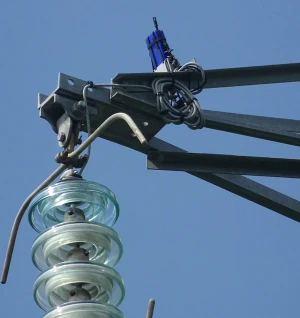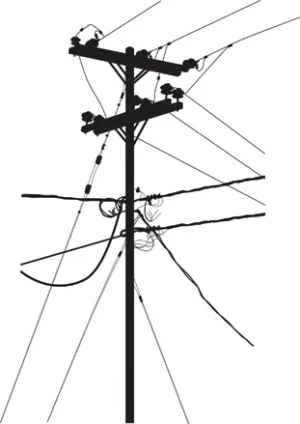Tragedy & Expense: The High Cost of Low Electrical Safety

The electrical industry is one of the most dangerous work environments for employees. The risk of injuries and fatalities is high due to the nature of the work and the amount of interaction workers have with dangerous equipment and conditions. Electrical incidents happen daily, putting lives and operational continuity at risk. However, there are ways companies can reduce the occurrence of these incidents and protect everyone concerned from the physical, financial, and statutory consequences.
Every year, OSHA puts out their list of top 10 violations, and every year the electrical industry is one of the big “winners”. To make things worse, these are not new violations making the list because highlighting the previous year’s violations led to vast, industry-wide corrections. It’s the same offenses year after year. Patrick Kapust of the National Safety Council stated at the 2019 NSC Expo “these are common violations we’re finding – they’ve been in place for a lot of years. The answers are out there, and employers shouldn’t feel like these are complex issues”.
Mr. Kapust is correct, the issues aren’t complex. But unfortunately, multiple daily news stories reflect excessive failures around the world to keep workers, customers, and the general public safe. A great example of these failures is that during 2021’s “National Electrical Safety Month” there were multiple reported injury events every day of the month. These injuries reflect the neglected roles by both management and workers in the safety process.
Under NFPA 70E, both employers and employees have very defined responsibilities as members of a team tasked with keeping safe practices and procedures in mind while accomplishing their tasks. At the heart of NFPA 70E and OSHA initiatives are concepts such as the Hierarchy of Control. This concept attempts to mitigate risk wherever possible, preferring the elimination of hazards as the ultimate goal.
Whether or not the responsibilities of workers and management alike are strictly adhered to also has major financial implications, not just from an operational and safety standpoint, but from insurance rates and litigation fees/judgements as well. Statistics are heavily studied in the electrical industry, as safety should be the priority for everyone involved. Gambling with this isn’t just dangerous, it’s expensive.
Recently, charges were brought against a utility company over the death of a power station worker in 2018. During a scheduled routine maintenance, where the employee was found to be doing his job exactly as trained, he was severely burned by an arc flash and later passed away at the hospital. Investigations brought about three separate charges against the utility.
Read full article in the ELECTRIC UTILITY OPERATIONS Special Edition 2022









